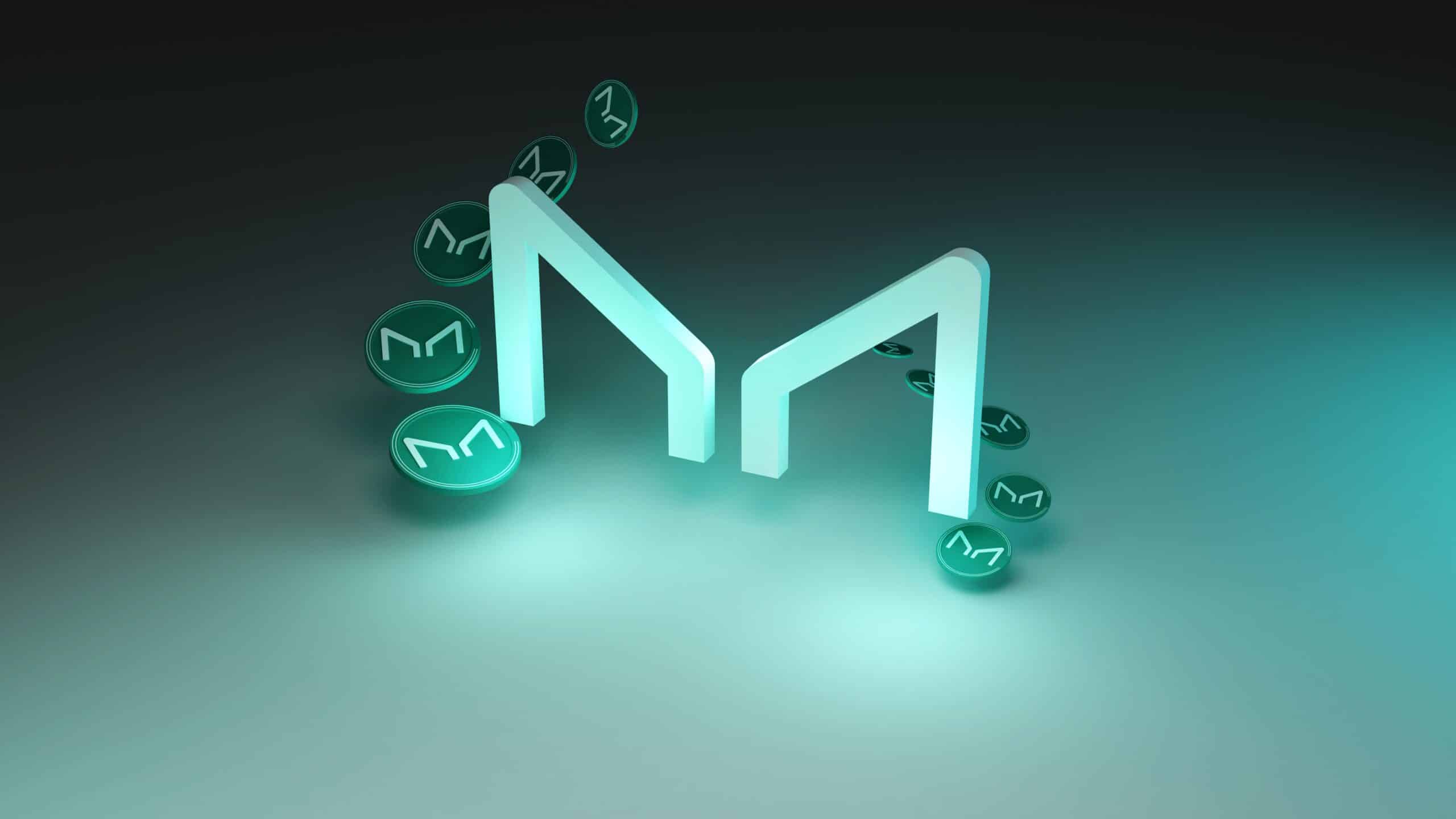Despite Maker being one of the highest revenue-generating protocols, the DeFi lending protocol’s governance token MKR has been among the worst-performing cryptocurrencies over the last seven days, among the top 100 by market cap, data from CoinGecko shows.
While most tokens have rebounded from the global selloff that saw BTC fall 15% on Monday to below $50,000 and ETH slump 20% to under $2,200, MKR has seen a much weaker recovery. The token is down 20% over the past seven days to roughly $2,000, making it the third-worst performing token, behind only Lido (LDO) and Artificial Superintelligence Alliance (FET).

Despite MKR’s token performance, the protocol has generated $6.9 million in fees in the last week, the fourth-highest for an application, behind Uniswap, Lido, and Jito, according to blockchain analytics firm Token Terminal.
Read More: Crypto Execs Complain About Getting Unbanked in Meeting With Top Democratic Officials
The muted rebound of MKR, which runs on Ethereum, has been due to several factors, according to Kyle Cai, a research analyst at onchain data firm Artemis. In a conversation with Unchained, Cai said that one factor was that people were front-running trades when MKR saw intense growth last month, causing the token to rise from around $2,000 to $3,000 from July 7 to 16.
On July 16, Maker founder Rune Christensen shared a post highlighting new features to an overhaul of Maker’s tokenomics called Maker’s Endgame which was first announced in 2022 and is now nearing launch.
As a result, people not only had open trading positions in MKR but were also shilling the token on social networks, according to Cai. “Typically trades like this — when a [big] event is far out and gets front-run really hard, the selloff is just as brutal and it takes a while to become a performer again,” Cai said.
A more fundamental reason for why MKR has yet to recover as strongly as other tokens relates to the expected interest rate cuts coming from the U.S. Federal Reserve in September. Even though rate cuts are typically considered bullish for riskier assets, the expected September cuts put downward price pressure on MKR because they lower the borrowing costs of capital, Cai said.
Read More: Ethereum Has Had a Banner Year in Most Areas. Except Price.
MakerDAO has several streams of revenue, but the primary source one is the fees that users pay when borrowing DAI, Maker’s decentralized stablecoin, against their collateral. For example, one of Maker’s vaults generates over $84 million in revenue annually, according to an Artemis research report that was published on July 30.
“When rate cuts come, the expectation by people is that stability fees, Maker’s interest rate payments it charges its users, go down, because less people would borrow on Maker,” Cai told Unchained. “That’s the biggest risk to the lending-borrowing protocol.”
However, Carlos Mercado, a data scientist at Flipside Crypto, is not convinced that rate cuts are the primary reason for MKR’s lagging performance.
“My argument is it’s just a short-term horizon coincidence as everything fell after ETH fell [during the recent market selloff],” Mercado wrote to Unchained over Telegram.



